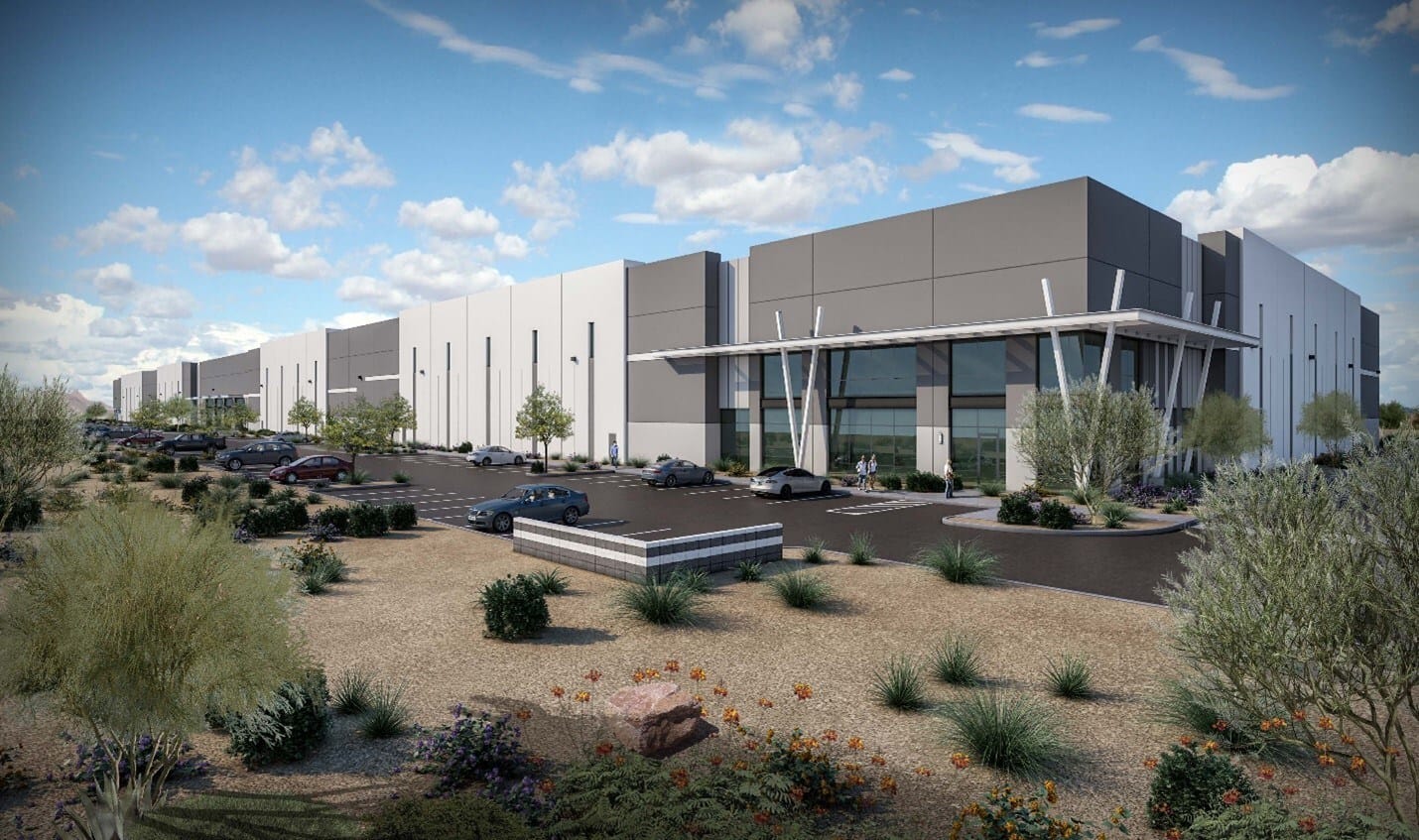A wave of new Metro Phoenix industrial construction continues to drive vacancy rates, according to a report from Kidder Mathews.
MORE NEWS: Phoenix defies trends to lead U.S. in industrial development
Market Highlights
- Metro Phoenix industrial construction activity continues to drive the market with 27.1M SF in YTD deliveries.
- Rental rates grew 9.7% YOY to $1.13/sf NNN, unchanged QOQ.
- YTD sales volume of 16.3M SF is on pace to surpass 2023’s 19M SF.
MARKET DRIVERS
- Phoenix continues to maintain a strong construction development pipeline that will continue well into 2025. Nearly 30M SF of new projects are currently underway with year-to-date (YTD) deliveries totaling 27.1M SF. Majority of new developments are buildings over 100k SF, further intensifying the existing demand-supply imbalance.
- Vacancy increased by 490 basis points (bps) year-over-year (YOY) to 11.8%, while availability rates experienced an increase of 220 bps to 15.1%. However, compared to 2Q24, vacancy rates only grew by 70 bps, and availability by 50 bps.
- Despite the continued rise in vacancy rates through 2024, driven by new developments entering the market without a tenant in place, direct net absorption continues to remain positive. This quarter, direct net absorption was positive 3M SF, with YTD figures totaling positive 12.5M SF. Vacancy is expected to remain elevated until new construction is leased and absorbed.
- Rent growth in the Phoenix industrial market is slowing, with direct asking rents remaining steady quarter-over-quarter (QOQ) to $1.13 /SF NNN. However, the region has experienced a YOY increase of 9.7% from $1.03/SF NNN.
ECONOMIC OVERVIEW
- According to the Arizona Office of Economic Opportunity, Phoenix metro’s unemployment rate in August decreased 50 bps YOY to 3.1%. This compares to the state’s seasonally adjusted unemployment rate of 3.4% and national rate of 4.2%.
- In September 2024, the Federal Reserve issued their first rate cut since March 2020, responding to signs of inflation trending downward and a tightening labor market. This cut is speculated to have a modest positive effect on financing and refinancing for both new and existing properties, as the cost of borrowing decreases and liquidity improves.
NEAR-TERM OUTLOOK
- The wave of new developments with expected completions 2024 and 2025 will continue to drive Phoenix’s industrial vacancy rate higher. However, Phoenix has grown into a general distribution hub which will help mitigate the current supply imbalance.
- Rent growth is expected to be relatively moderate or flat in the near term, as newly constructed developments are delivered with higher rates compared to their older counterparts.
- Additional interest rate cuts that may occur towards the end of 2024 and the beginning of 2025 could stimulate new activity in the investment sales market.
The information in this report was composed by the Kidder Mathews Research Group.




